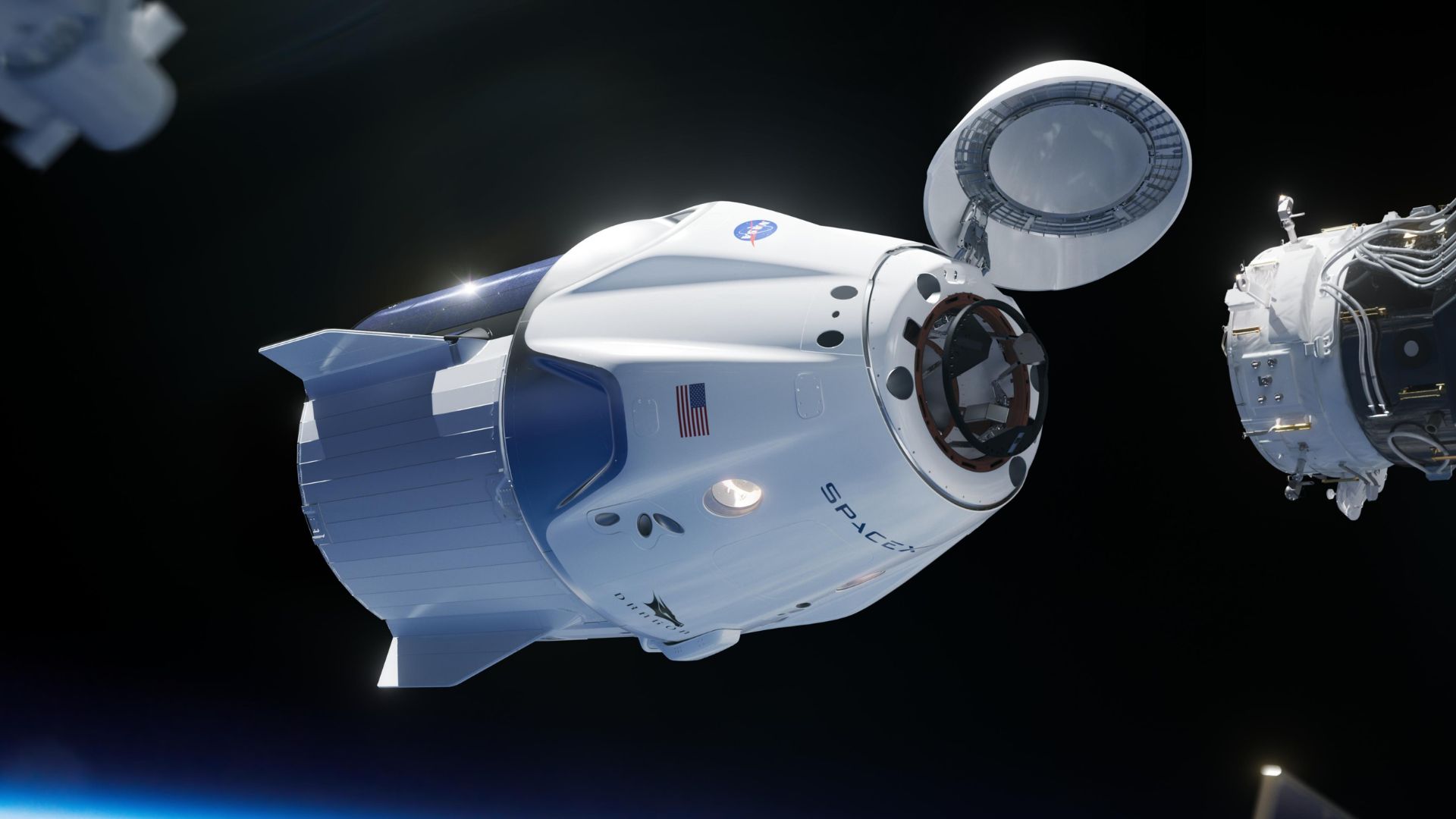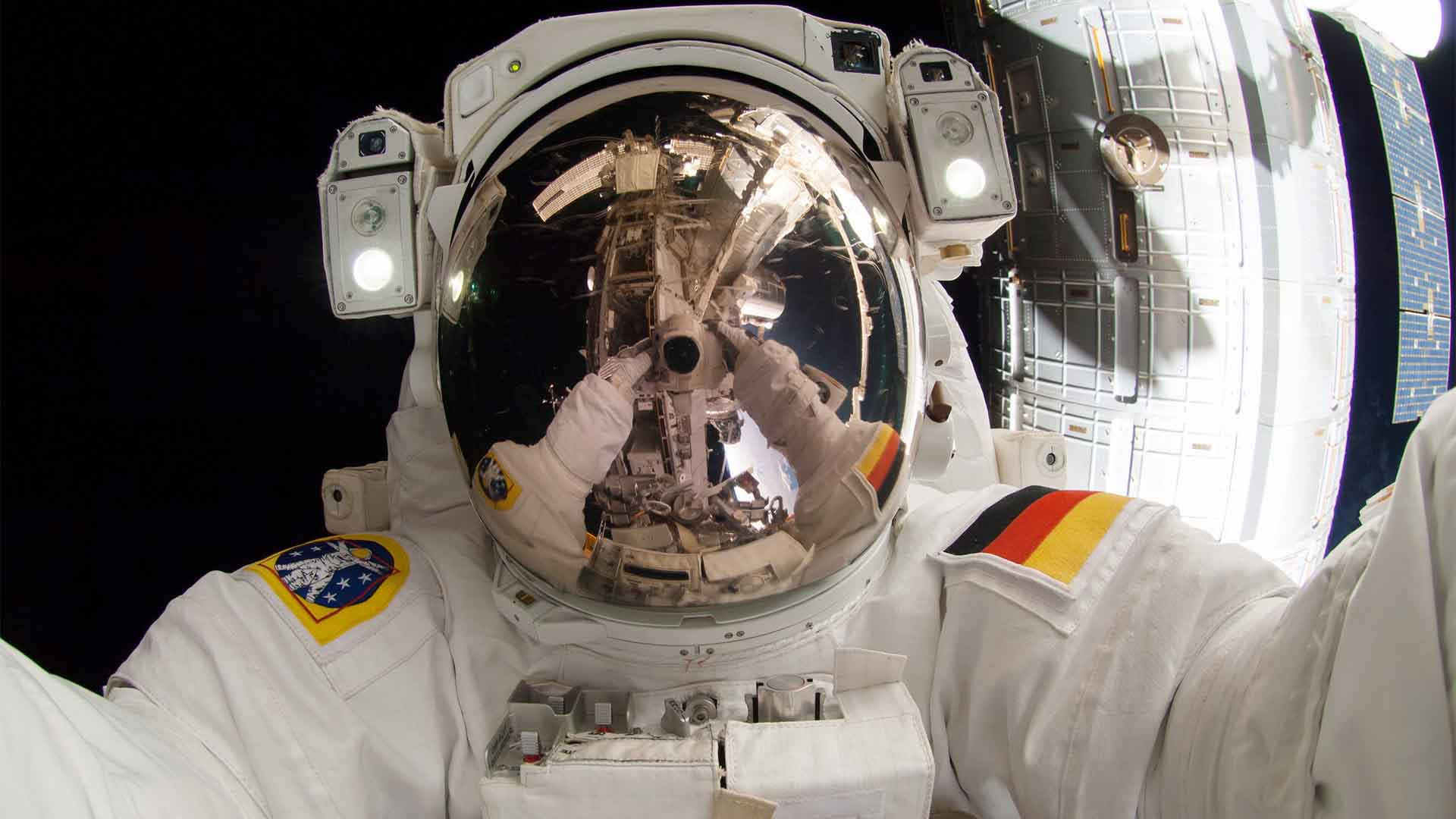NASA Abandons Plans for Next-Gen Spacesuits to Replace Decades-Old Design
NASA is facing an aging spacesuit dilemma. Designed over 40 years ago, these suits are no longer meeting the needs of modern space missions.
With no concrete plans to replace them, NASA’s astronauts face increasing challenges during spacewalks.
Abandoned Contracts Worth $100 Million
On Wednesday, NASA announced it would be abandoning contracts worth over $100 million with Collins Aerospace. The mutual agreement to terminate these contracts came after Collins acknowledged their timeline would not align with the space station’s schedule and NASA’s mission objectives.

Source: Freepik
This decision leaves NASA without a clear path forward for new spacesuits.
Current Spacesuit Challenges Highlighted
Recently, a faulty electronics box removal was canceled due to a leak in an EVA suit worn by astronaut Tracy Dyson.

Source: Brian McGowan/Unsplash
The leak affected the suit’s cooling unit, crucial for maintaining a comfortable temperature during spacewalks. This incident shows the urgent need for new and reliable spacesuits.
Axiom Space: An Alternative?
Houston-based Axiom Space currently has a NASA contract worth nearly $230 million to develop new spacesuits.

Source: Wikimedia
However, these suits are designed for lunar missions, not for use on the International Space Station. NASA has not confirmed whether Axiom’s suits could be adapted for the space station, adding to the uncertainty.
SpaceX's Private Endeavor
SpaceX, a key NASA partner, is also developing an EVA suit for the Polaris Dawn mission. This all-private endeavor, funded by billionaire Jared Isaacman, aims to conduct the first spacewalk by a private company and a citizen astronaut.

Source: Tim Peake / ESA/NASA via Getty Images
SpaceX unveiled their EVA suit designs in May, but it’s unclear if NASA has considered them for the space station.
NASA's Commitment to Space Station Operations
Despite these challenges, NASA plans to continue space station operations through 2030.

Source: NASA/Wikimedia Commons
However, Roscosmos, the Russian space agency, has only committed to participation through at least 2028. This timeline adds pressure on NASA to find a solution for the aging spacesuits.
The Role of Collins Aerospace
Collins Aerospace has been a longtime NASA partner, contributing significantly to previous space missions.

Source: NASA/Unsplash
The termination of their contract marks a significant shift in NASA’s approach to spacesuit development.
Importance of EVA Suits in Spacewalks
Extravehicular Activity (EVA) suits are crucial for astronauts during spacewalks. These suits provide life support, mobility, and protection from the harsh environment of space.

Source: NASA/SpaceX/Wikimedia Commons
As NASA continues to explore new frontiers, reliable spacesuits are essential for the safety and success of missions.
Future Prospects for Spacesuit Development
With the termination of the Collins contract, NASA is exploring other options for spacesuit development.

Source: Wikimedia
The agency has yet to announce concrete plans for a replacement, but the need for new suits is more pressing than ever. Future prospects may include other collaborations with private companies like SpaceX and Axiom Space.
Impact on NASA’s Missions
The lack of new spacesuits could impact NASA’s ability to conduct spacewalks and other critical operations. The agency’s commitment to continuing space station operations through 2030 highlights the importance of finding a timely solution.

Source: NASA/Joel Kowsky/Wikimedia Commons
Astronauts rely on functional and safe spacesuits to perform their duties effectively.
NASA’s Ongoing Efforts and Challenges
NASA is facing significant challenges in developing next-generation spacesuits. The termination of the Collins contract seems to be a setback, but the agency is determined to find a solution.

Source: NASA/Wikimedia Commons
NASA’s ongoing efforts to secure reliable and advanced spacesuits will be crucial for the future of space exploration.
A Critical Crossroad for NASA
NASA is at a critical crossroad as it seeks to replace its aging spacesuits. The termination of the Collins contract highlights the complexities and challenges involved.

Source: NASA via Getty Images
As the agency explores new partnerships and technologies, the future of space exploration hangs in the balance, depending on the development of reliable next-generation spacesuits.
